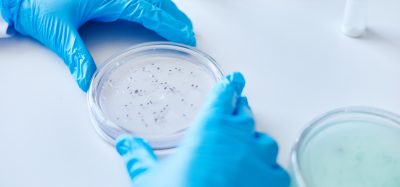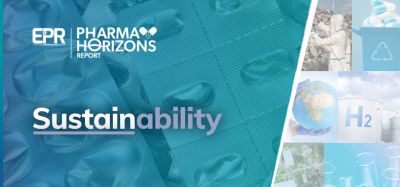Standard for antibiotic manufacturing to help combat AMR
Posted: 15 June 2022 | Hannah Balfour (European Pharmaceutical Review) | No comments yet
The standard requires antibiotics manufacturers to have effective environmental management systems in order to minimise pharma’s role in spread of environmental antimicrobial resistance (AMR).


The AMR Industry Alliance, a life science coalition established to provide sustainable solutions to curb antimicrobial resistance (AMR), has published the Antibiotic Manufacturing Standard: Minimizing risk of developing antibiotic resistance and aquatic ecotoxicity in the environment resulting from the manufacturing of human antibiotics.
The standard provides guidance for manufacturers in the global antibiotic supply chain that will ensure their products are made responsibly, helping to minimise the risk of AMR in the environment. It covers wastewater and solid waste management, as well as the management of process changes, providing case study examples.
Antibiotics are essential innovations that have revolutionised modern healthcare, but the rise of AMR is threatening their effectiveness. AMR is currently one of the World Health Organization (WHO)’s top 10 global public health threats, in 2019 antimicrobial resistant bacteria accounted for 1.27 million deaths and contributed to another nearly five million deaths, according to a study published in The Lancet.
Deemed the ‘Silent Pandemic’ by some in recent years, the scale of the issue is expected to continue to rise and, according to the Alliance, left unchecked could “undermine the basis of modern medicine by rendering the antibiotics used to treat and prevent infections ineffective, making mainstream medical advances like chemotherapy, hip replacements, caesarean sections and root canals, risky and even deadly”.
“The AMR Industry Alliance has taken a bold step towards combatting the spread of AMR in the environment,” stated Courtney Soulsby, Global Director of Healthcare and Life Sciences with BSI Standards Limited, which facilitated the creation of the standard. “The AMR Industry Alliance’s standard, which is now live, and the subsequent certification scheme, which will be launched next spring by the Alliance and BSI, will build much needed global awareness, encourage decisive actions, and provide an external, independent assurance mechanism, leading to a new model of transparency for the industry.”
The standard marks the formalisation of the Alliance’s 2018 Common Antibiotic Manufacturing Framework, which described a risk-based approach to assessing and controlling antibiotic manufacturing waste streams. It requires that the manufacturer of an antibiotic must have an effective environmental management system and that the antibiotic’s predicted no-effect concentrations, or the level at which a substance will not have an adverse effect on its environment, are met.
To provide further guidance and quality assurance, the Alliance and BSI will also develop a certification scheme that will enable antibiotic manufacturers to demonstrate, through independent third-party evaluation, that the requirements of the standard have been satisfied.
Related topics
Antibiotics, Drug Manufacturing, Drug Safety, Industry Insight, Manufacturing, Microbiology, Regulation & Legislation, Sustainability









